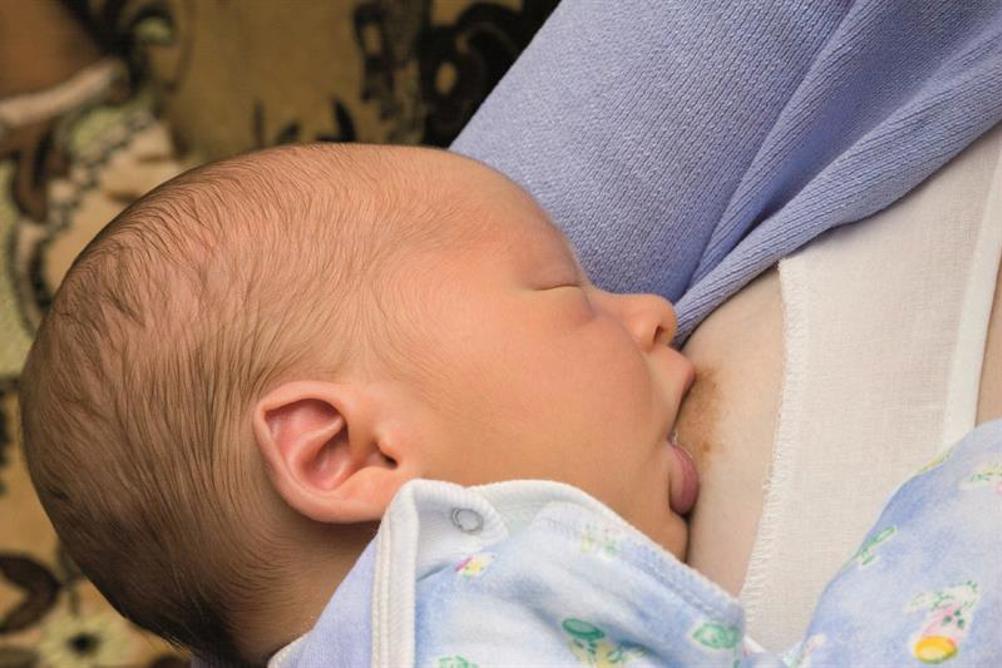
The rate of mothers who breastfeed between six to eight weeks varies by as much as 55% across England, figures from PHE show.
The data showed that rates range from 18% in Knowsley, to 76.5% in Lewisham. The figures also showed a slight fall in overall rates, from 43.82 last year compared to 43.2% this year. ‘There appears to be significant variation between areas and this is also a concern. Some areas do very well and some not so well. The reasons behind this need to be examined and solutions found,’ said Jacque Gerrard, RCM director for England. ‘We would encourage midwives, peer support workers, MSWs and maternity services to share their success stories around breastfeeding so that they can learn from each other.’
According to another leading midwife, Janet Fyle, director of policy at the RCM, the causes of regional variations are closely linked to deprivation. She also said that while midwives and nurses can encourage women to breastfeed, it was not the only way to boost rates. 'Young women are not being taught about the benefits of breastfeeding in schools. Additionally, society's view of breastfeeding does not align the with recognised benefits for mother and baby,' she said.
The statistics are based on 141 out of 150 reporting local authorities submitting a return and passing initial validation. The RCM is urging the UK government to support the UNICEF Call for Action, which aims to boost breastfeeding by encouraging innovation and removing barriers.
‘This is a concern because there is a very strong and continually growing global body of evidence about the benefits of breastfeeding for both mother and baby,' added Ms Gerrard. ‘There is a huge focus about promoting better health and breastfeeding is fundamental to having a more healthy population, a better start in life for infants and children, leading to healthier adults. It is the bedrock on which better public health can be built.’
